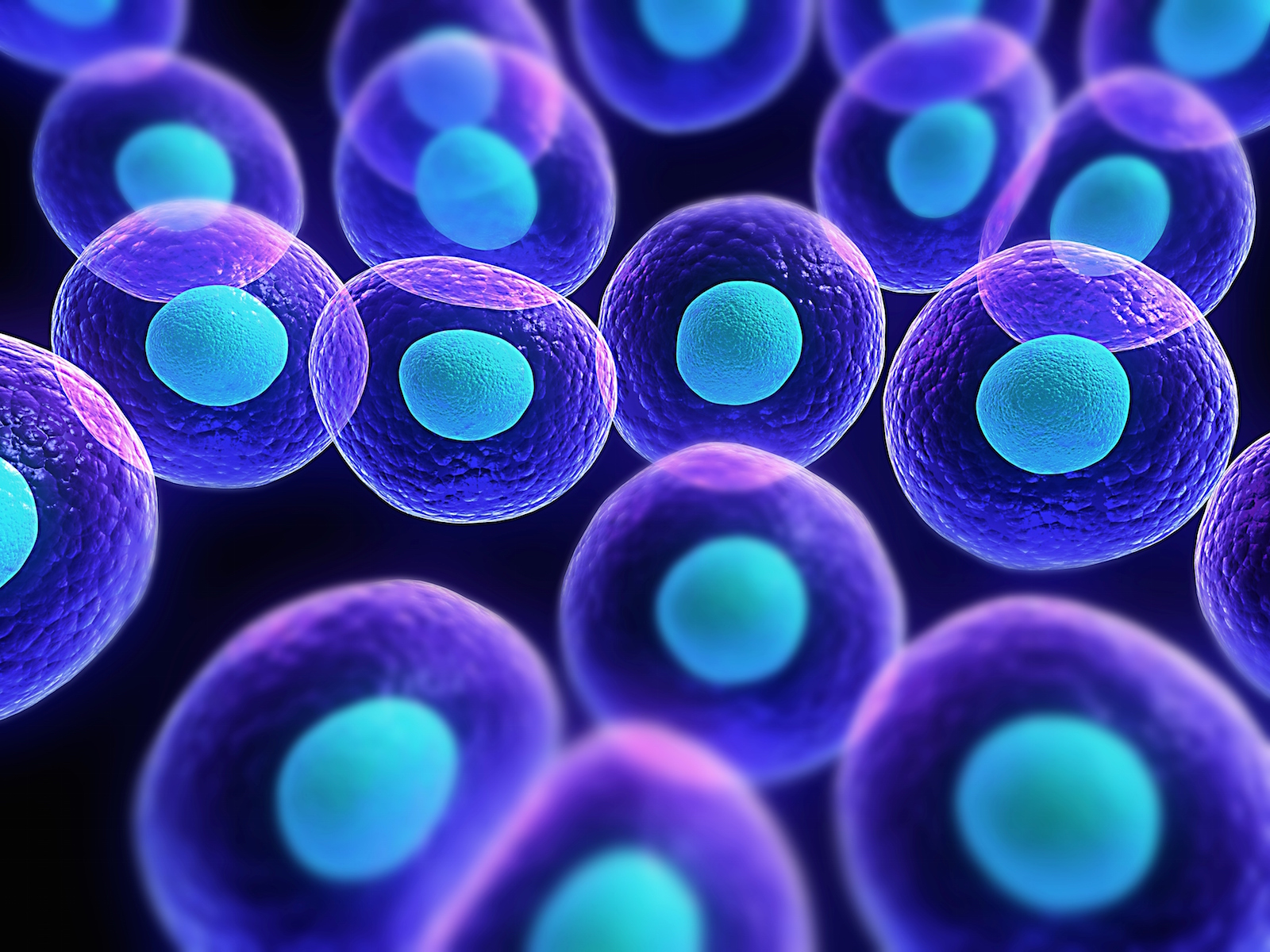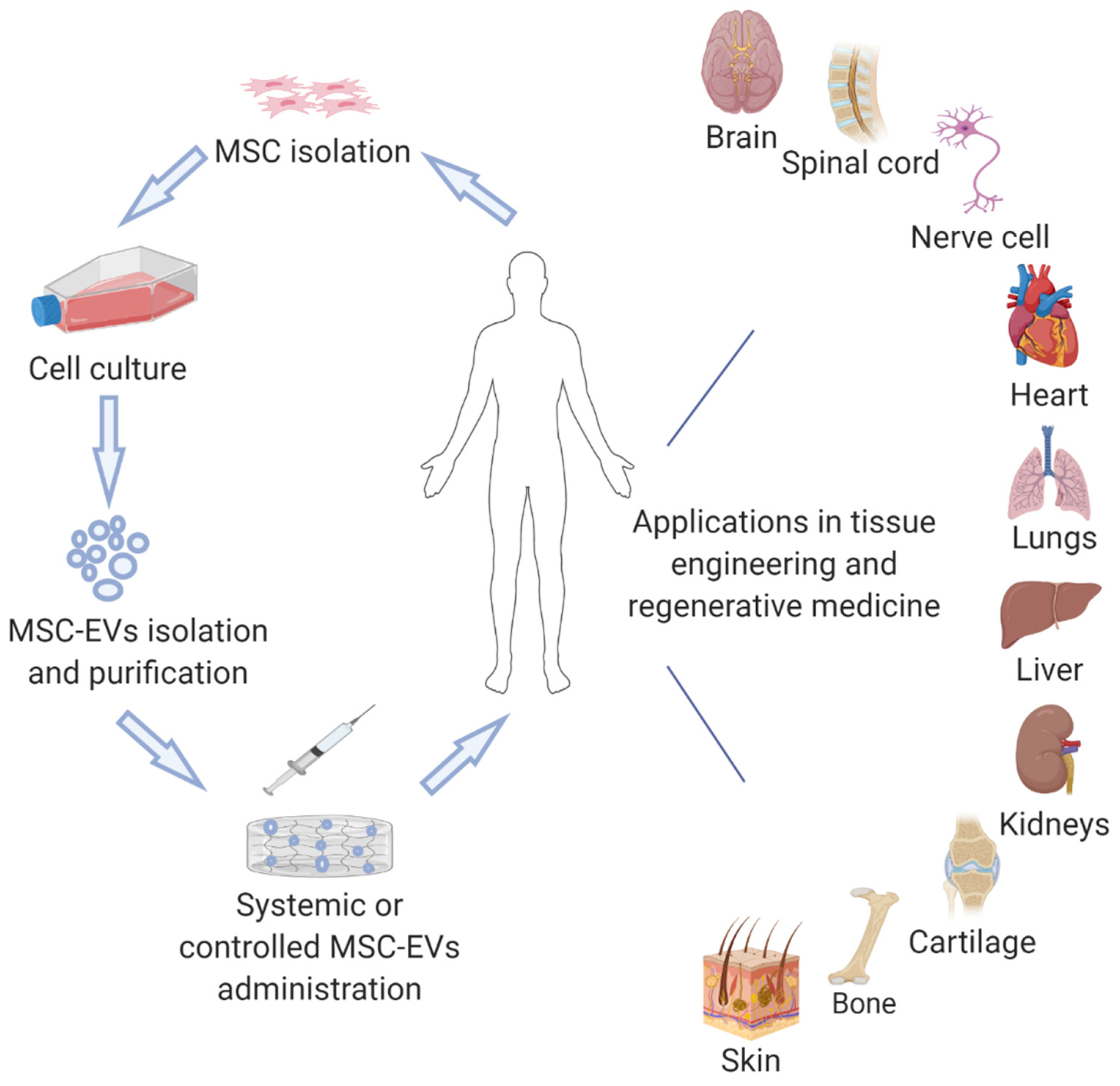
It's important that you're aware of both the risks and possible benefits before treatment begins. Stem cell transplants are complicated procedures with significant risks. Read more about what happens during a stem cell transplant. You'll usually need to stay in hospital for at least a few weeks until the transplant starts to take effect and it can take up to a year or longer to fully recover. Having a stem cell transplant can be an intensive and challenging experience. Recovery – you'll need to stay in hospital for at least a few weeks until the transplant starts to take effect.Conditioning – treatment with chemotherapy and/or radiotherapy to prepare your body for the transplant.Harvesting – the process of collecting the stem cells to be used in the transplant, either from you or a donor.Tests and examinations – to assess your general level of health.This is called an autologous transplant.Ī stem cell transplant has 5 main stages.

It's also possible to remove stem cells from your own body and transplant them later, after any damaged or diseased cells have been removed. What does a stem cell transplant involve?Ī stem cell transplant can involve taking healthy stem cells from the blood or bone marrow of one person – ideally a close family member with the same or similar tissue type – and transferring them to another person.

Transplants can also be carried out to replace blood cells that are damaged or destroyed as a result of intensive cancer treatment.Ĭonditions that stem cell transplants can be used to treat include: Stem cell transplants are used to treat conditions in which the bone marrow is damaged and is no longer able to produce healthy blood cells. Why are stem cell transplants carried out?

What diseases are treated with transplant? Your doctor will decide which method of stem cellĬollection should be used for your treatment. The decision about the best source of stem cells is complex.

The stem cells used for transplant can come from the bloodstream (peripheral blood), the umbilical cord blood of a newborn, or bone marrow. Parts of your blood that both your body and your immune system need. The new stem cells grow and produce all of the different During stem cell transplant, your body is "rescued" with an infusion of healthy stem cells. Without stem cells, your body cannot make blood and the components that your immune system needs to function. In this case, you may need a transplant to replace the stem cells you’ve lost during treatment. You have a disease that can only be cured with high doses of chemotherapy and/or radiation treatment, which destroys both the cancer and your stem cells.In this case you need healthy stem cells to replace the diseased bone marrow/stem cells. Your bone marrow or blood cells have become diseased.Your body cannot make the blood cells it needs because your bone marrow or stem cells have failed.Stem cell transplants offer some patients the possibility of a cure, and others a longer period of disease-freeĪ stem cell transplant is used for treatment when: Stem cell transplant is the term commonly used to describe bone marrow transplant and transplants done with stem cells found in the blood.


 0 kommentar(er)
0 kommentar(er)
